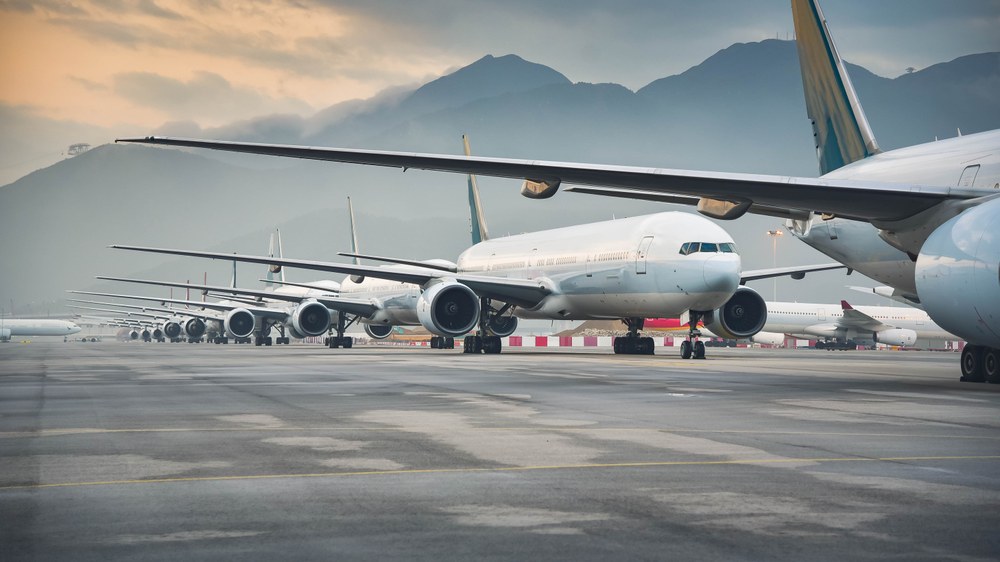DLR Air Transport Forecast
Further information on our Air Transport Forecasts can be found on this DLR website.

heychli – stock.adobe.com
How will global air transport evolve – and what will this mean for resulting emissions? When will airports, and by extension the entire aviation system, reach their capacity limits? What role can emerging technologies play in making air transport more climate-compatible? And how are fleet structures changing in response to technological innovation? These and similar questions are key focus areas for the Department of Air Transport Development.
The department develops and analyses air traffic forecasts and scenarios that serve as a vital basis for the planning and optimisation of the aviation system – supporting political decision-makers, public authorities, airlines, airports, and air navigation services.
Our research provides robust, data-driven answers to the dynamic changes within the global air transport system – from a transport science, technological, political, and societal perspective. The aim is to actively help shape the transition towards a climate-compatible, efficient and future-proof air transport system. We work in an interdisciplinary manner and in close collaboration with other DLR institutes as well as external partners.
We focus on the following key areas:
To analyse and assess developments in air transport, we use a wide range of data-driven, model-based and scenario-oriented methods. Our goal is to deliver realistic, scalable and application-oriented research that captures both short-term changes and long-term trends.
A central focus of our work lies in the forward-looking analysis of air transport. We provide well-founded insights into the future development of traffic volumes, fleet structures, and capacity requirements. Our models are based on long-maintained international datasets and are continuously enhanced. This allows us to provide reliable decision-making support for policymakers, public authorities, and the aviation industry.
We work with the following methodological approaches:
